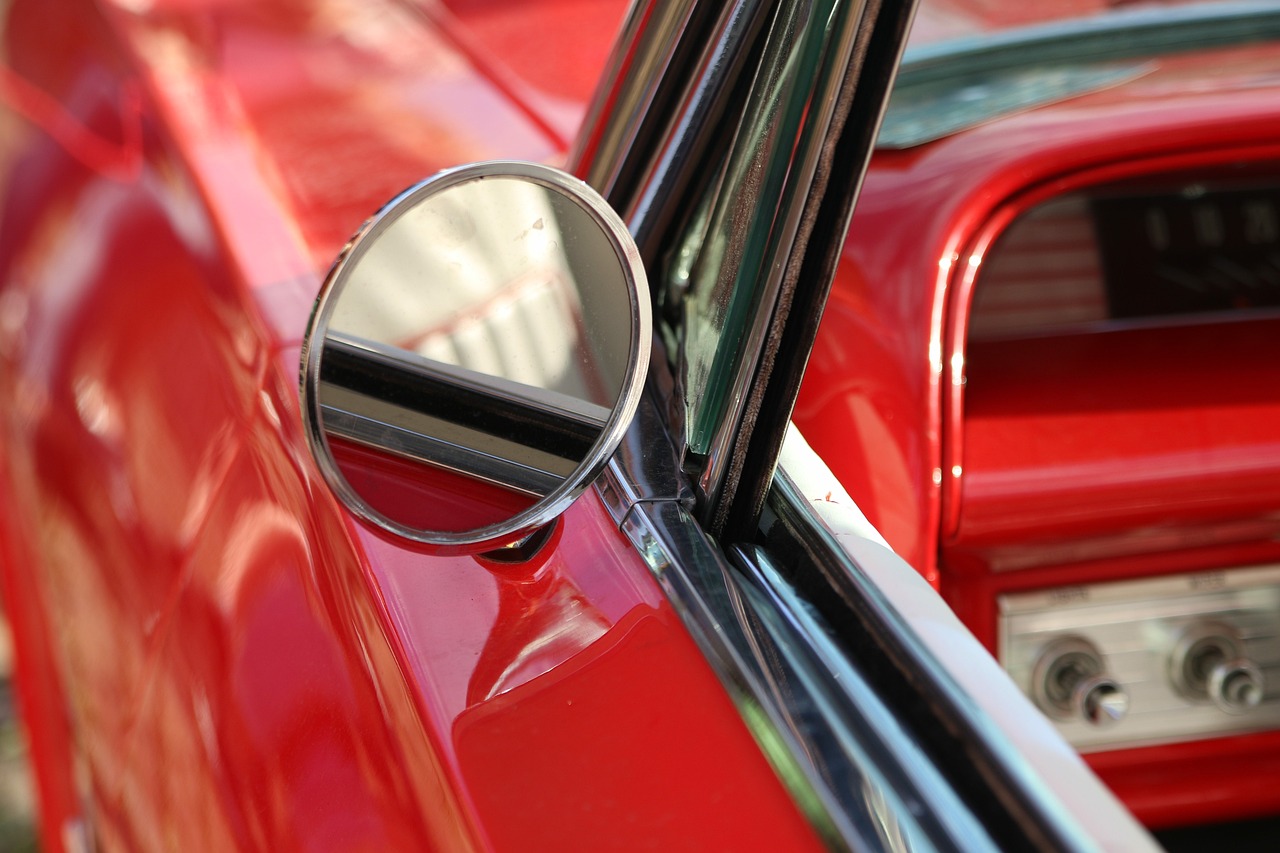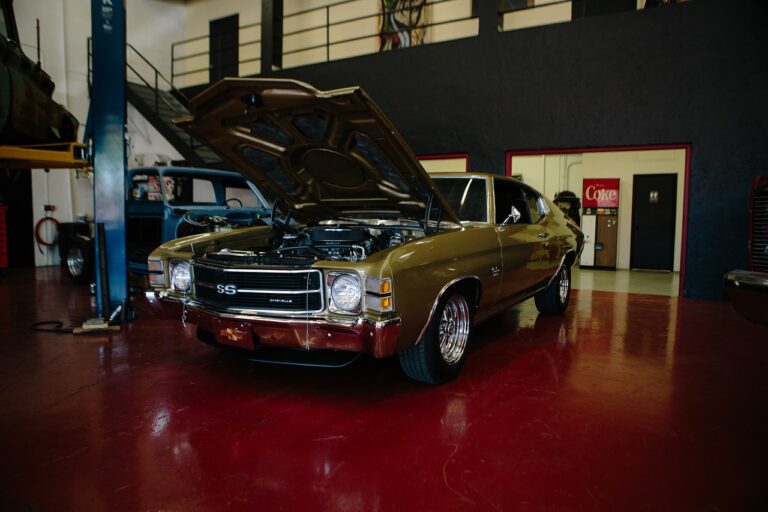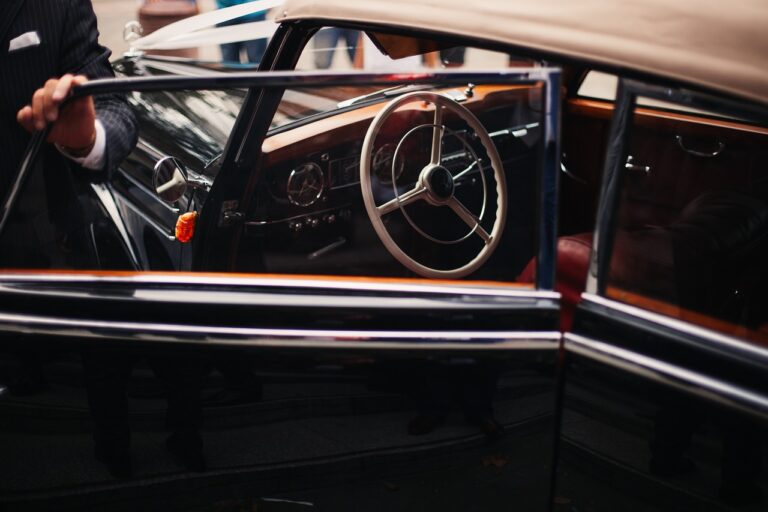Automotive Design Trends: Aesthetic Evolution Through the Decades
The early days of automotive design were marked by simplicity and functionality. Cars in the late 19th and early 20th centuries were primarily focused on utility, with basic shapes and minimal decorative elements. As technology advanced, designers began incorporating aerodynamic principles into their creations, leading to sleeker and more streamlined vehicles.
The 1950s witnessed a significant shift in automotive design, characterized by the emergence of tailfins and chrome accents. This era embraced futuristic and space-age aesthetics, with cars resembling rockets ready for takeoff. Throughout the decades, automotive design trends have continued to evolve, reflecting societal values, technological advancements, and the constant quest for innovation and uniqueness.
Influential Factors Shaping Car Aesthetics
Advancements in technology have had a profound impact on the aesthetics of modern cars. The availability of new materials and manufacturing processes has allowed designers to explore innovative shapes and forms, leading to the sleek and futuristic designs seen in many contemporary vehicles.
Consumer preferences and market trends also play a crucial role in shaping car aesthetics. As consumer expectations evolve, automakers must adapt their designs to cater to changing tastes and demands. This has led to the rise of specific design features such as dynamic lines, bold grilles, and distinctive lighting elements that appeal to a wider audience.
How have automotive design trends evolved over time?
Automotive design trends have evolved significantly over time, moving from the boxy and utilitarian designs of the early 20th century to the sleek and aerodynamic designs seen in modern cars.
What are some of the key factors that shape car aesthetics?
Some of the key factors that shape car aesthetics include consumer preferences, technological advancements, safety regulations, and environmental considerations.
How do historical influences impact car design today?
Historical influences play a significant role in shaping car design today, with many modern cars drawing inspiration from classic designs and incorporating elements of nostalgia into their aesthetic.
How do car manufacturers stay current with design trends?
Car manufacturers stay current with design trends by conducting market research, collaborating with designers and engineers, and keeping up-to-date with the latest advancements in technology and materials.
Why is car aesthetics important in the automotive industry?
Car aesthetics play a crucial role in the automotive industry as they help to differentiate brands, attract consumers, and convey a sense of style and innovation.





